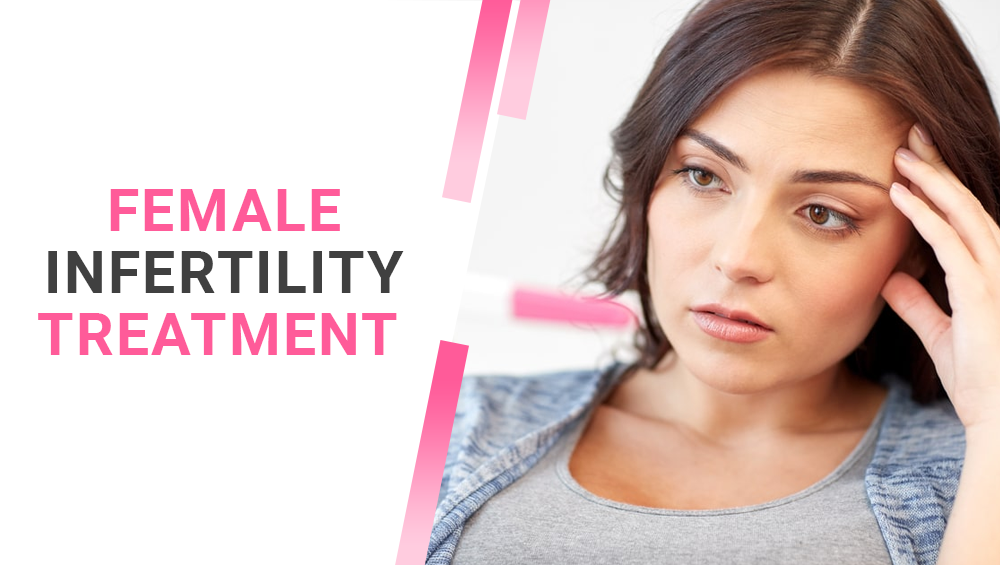Female Infertility Treatment
Female infertility is typically defined as the inability to get pregnant after 12 months of regular, unprotected sex. But that definition doesn’t capture the emotional weight of the experience—or the hope that still exists.
Common Causes of Female Infertility
Infertility doesn’t have one single cause. Often, it’s the result of multiple factors working together. Some of the most common include:
Ovulation disorders like PCOS or irregular cycles
Blocked or damaged fallopian tubes
Uterine issues, such as fibroids or polyps
Endometriosis
Hormonal imbalances
Age-related decline in egg quality
Sometimes, the cause isn’t immediately obvious, which can make the journey even more challenging.
How Is Female Infertility Diagnosed?
The first and most important step is an accurate, compassionate diagnosis. Your doctor may recommend:
A thorough medical history and physical exam
Hormone testing to check for imbalances
Transvaginal ultrasound to look at the uterus and ovaries
HSG (Hysterosalpingography) to check if the fallopian tubes are open
Ovarian reserve tests to assess egg quantity and quality
These tests help uncover what’s really going on—so your treatment can be as targeted and effective as possible.
What Are the Treatment Options?
Once the cause is identified, your fertility journey becomes deeply personal and highly individualized. Here are some of the most common options:
🧘♀️ Lifestyle Changes
For women who are underweight, overweight, or under stress, small changes can make a big difference. A balanced diet, regular movement, and stress management can help regulate cycles and improve overall fertility.
💊 Ovulation Induction
If ovulation is irregular or absent, medications like Clomiphene Citrate or Letrozole can stimulate the ovaries to release eggs.
💉 Intrauterine Insemination (IUI)
Ideal for couples dealing with mild male infertility or unexplained issues, IUI involves placing sperm directly into the uterus during ovulation.
🧫 In Vitro Fertilization (IVF)
For more complex cases—like blocked tubes, age-related infertility, or endometriosis—IVF can be a powerful option. Eggs are retrieved, fertilized in a lab, and the best embryo is placed in the uterus.
🔍 Surgical Interventions
When structural issues like fibroids or endometriosis interfere with implantation, minimally invasive surgeries like laparoscopy or hysteroscopy may be recommended.
🧬 Advanced Therapies
For women facing recurrent IVF failure or specific diagnoses, advanced options like PRP therapy, genetic testing (PGT), or immunotherapy may improve outcomes.
Emotional Support Matters, Too
Infertility isn’t just physical—it’s deeply emotional. Many women describe it as one of the most isolating experiences of their lives. That’s why emotional support is just as important as medical care.
Whether it’s individual counseling, support groups, or simply having a compassionate medical team, a safe and supportive environment can make a world of difference.
Every Journey Is Unique — And So Is the Treatment
Your treatment plan will always be tailored to your:
Age
Medical history
Fertility goals
Emotional readiness
Success rates vary depending on the underlying condition, but one thing is clear: early diagnosis and personalized care can dramatically increase your chances of conceiving.
There’s More Hope Than Ever Before
Thanks to modern diagnostics and advanced reproductive technologies, female infertility is no longer a silent struggle. Women today have access to compassionate, effective, and science-backed fertility care—and most importantly, they don’t have to walk this road alone.

